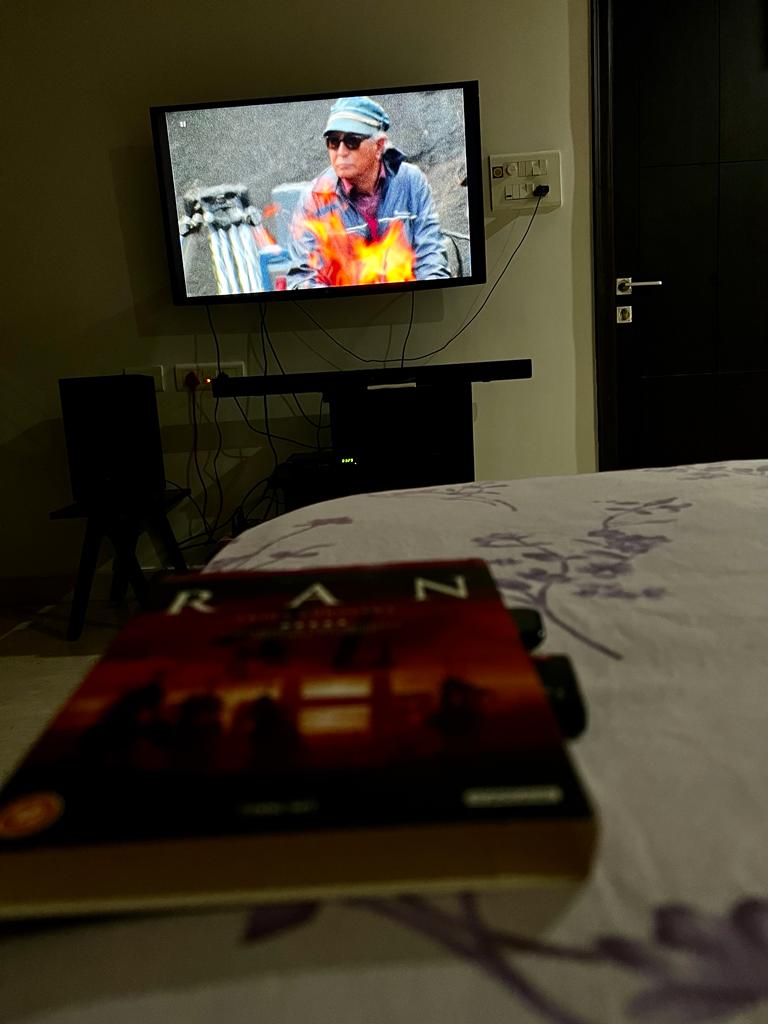
Someone (Sidney Pollack or Steven Spielberg) said about Stanley Kubrick films that once you start watching them, you cannot help but see it through the end. No matter the genre, or the theme, you are hooked. Same with the legend director, Akira Kurusawa.
‘Ran’ is his magnum opus (in terms of budget and international collaboration). It is an adaptation of William Shakespeare’s King Lear, set against medieval Japan. The film starts off with a boar hunt expedition by of ageing warlord, Hidetora Ichimonji (Tatsuya Nakadai), and a meeting with other lords, who decides to step down from his throne, in favor of his three sons. What follows is several battles, most of which fought mentally, making it an engaging fare throughout.
The making features that are included in the blu ray are a treat to watch, which throws some interesting aspects of Akira Kurosawa
- His attention to details and he getting down to nuts and bolts on the set. The same culture is shared by his loyal crew.
- His focus on rehearsals and his relationship with actors. (One of the female actors, mentions about how clear he is about what he wants and communicates the same). The making feature also presents the subtle body language changes he suggests to Tatsuya Nakadai
- Storyboarding the entire movie much in advance. (‘Ran’ began in his mind, 30 years prior)
- His comments about
- difference in warriors mentality of east and west. In east, death is always considered and even embraced as a possible outcome of each battle. And that reflects in the characterization of these warriors on screen
- horses and their riders. Horses don’t ride well with tense riders.
- Committed and loyal crew, who work on a fixed fee.
- His daily dinners with crew members and letting the hair down after a tough day at shoot.
- The edits that happen during the shooting schedule and the associated feedback.
- His calm demeanor (during most of the times) in the set, his meditation breaks but still making his displeasure known, to make sure his vision is executed.
- He often shot scenes with three cameras simultaneously, each using different lenses and angles. Many long-shots were employed and very few close-ups. The lead actress, Harada Mieko, mentioned that this helped actors to perform better, as there was no need to repeat the same scene for different range of shots.
- The production manager, Ulrich Picard who worked with Serge Silberman, asked a lot of questions and initially Akira Kurosawa got annoyed, but later all of them gelled to good effect. It was Ulrich Picard who worked on the detailed schedule with proper time estimation. Example, estimating that a scene that was to be shot during sunset, would take 3 days, as the duration of the sunset of very short in the mountain regions. Finally, after a detailed exercise, he revised the initial budget of 6MN to 13MN US dollars.
Related Links
